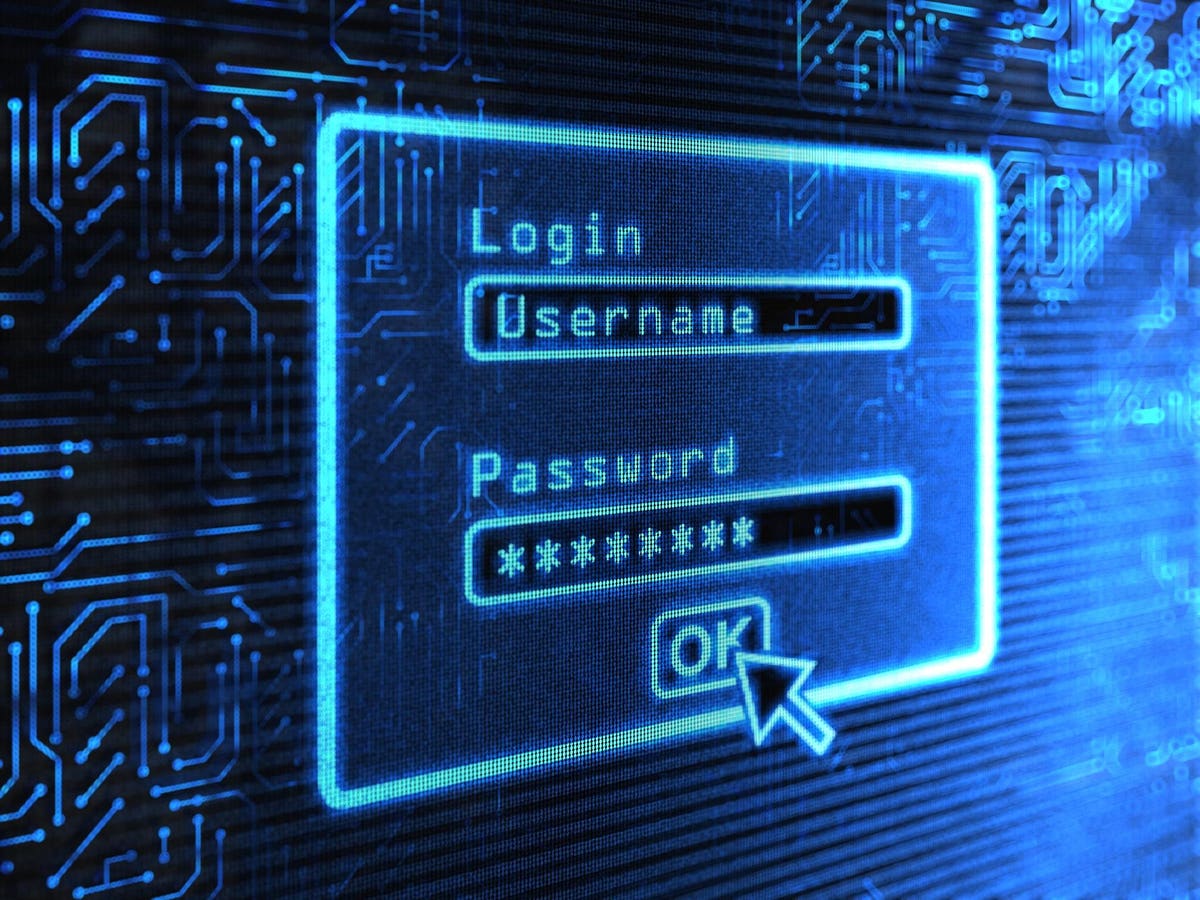The tension between data hunger and data hazards may be the defining challenge of the modern enterprise.
The volume of data collected and stored by enterprises has exploded in the past few years. This data is valuable, and very often sensitive, so it needs to be managed and secured appropriately. But this is not just about caution. Strong data security helps businesses gain maximum value from that data. It offers the ability to push the envelope of innovation and experimentation.
To achieve this sweet spot where risk management doesn’t stand in the way of innovation, companies need to implement the right proactive data security techniques.
Discover to Secure
To secure data effectively, businesses must first understand what data they have and where it’s located. This involves cataloging and categorizing data across the business and implementing data discovery capabilities. Without creating and maintaining a comprehensive inventory of data assets, organizations cannot effectively safeguard sensitive data through access controls and protection methods. Many data assets also contain sensitive elements—identifying the nature of the data at a granular level enables companies to establish fine controls at the level of individual entries.
Next, companies must ensure the right people have access to the right data at the right time. This concept, often known as the principle of least privilege, is foundational for ensuring strong data governance and minimizing risk. Role-based access control (RBAC) is a common technical approach to this idea, where permissions are tied to job functions, or project team membership, rather than individuals. Other methods like attribute-based access control (ABAC) are also increasingly adopted by enterprises. These approaches simplify access management, ensure employees only have access to the data they need to do their jobs and reduce the risk of data misuse or accidental exposure.
Protection Possibilities
Responsible businesses have multiple options when it comes to making sensitive data safe to use for analytics, building applications or training AI models. They are very unlikely to use unprotected, plain-text data, containing all of the information the company possesses. This would be a data hazard, risking the safety of that information. Once sensitive data is detected, companies must apply the right protection technique, which is dependent on the use case, data governance policies and overall security posture of the organization.
There are a variety of techniques that companies can apply based on these dependencies. Some of the most common approaches include:
- Masking is a non-reversible method used to redact sensitive data. This idea is commonly seen when replacing a name with a fake name like “John Smith”, or with gibberish. While effective, the method has limited utility since there’s no way for even authorized users to work with the full data, or to revert the changes when new requirements emerge.
- Encryption is a mature, well-known technology for securing data, employing algorithms and cryptographic keys to render data unreadable. Typically, encryption is applied in a way such that the structure, format and relationships within the data are lost until the data is decrypted. Additionally, if the encryption key is compromised, either by a mismanaged key or a brute-force attack, the entire dataset is at risk.
- Tokenization is the most preferable option to safeguard sensitive data. It is almost always recommended over masking or encryption for the most sensitive use cases. Tokenization is reversible and maintains the data structure and its relational utility. Individual data elements in a set (e.g., account numbers) are replaced with tokens that do not resemble the original information, but can be matched back to the original value by those with the right authorization. By replacing real data with tokens, tokenization ensures that data platforms and systems operate as they would otherwise, and data consumers can confidently use data knowing that the tokenized version has no value to potential bad actors. Tokens on their own cannot be compromised without access to the originating system.
Securing Data-Driven Innovation
In today’s business environment—where speed, scale and trust are imperative—tokenization offers a sustainable way forward for data-driven innovation. It empowers businesses to unlock the full value of their data, powering use cases like data analytics, ML model training, agentic AI and third-party data sharing, among others. Having seen the value of tokenization first hand, Capital One has invested in tokenization as a method to secure its most sensitive data. Today, the business runs more than a hundred billion tokenization operations a month across hundreds of applications and launched a tokenization solution, Capital One Databolt, to help businesses tokenize their own sensitive data without compromising performance.
Data security cannot be treated as an afterthought—especially as AI becomes foundational to how businesses operate. CIOs, CISOs, CDOs and their teams are at the center of this shift, tasked with managing high volumes of data that need to be well managed and used in real time. The solution is not to slow down innovation in the name of security—but to implement data strategies that harness the right techniques and systems where the two reinforce each other.









